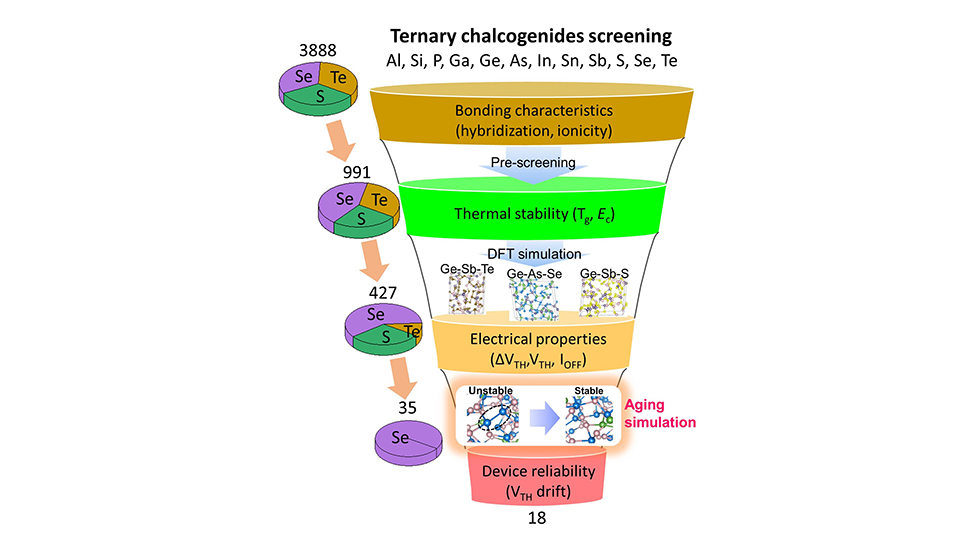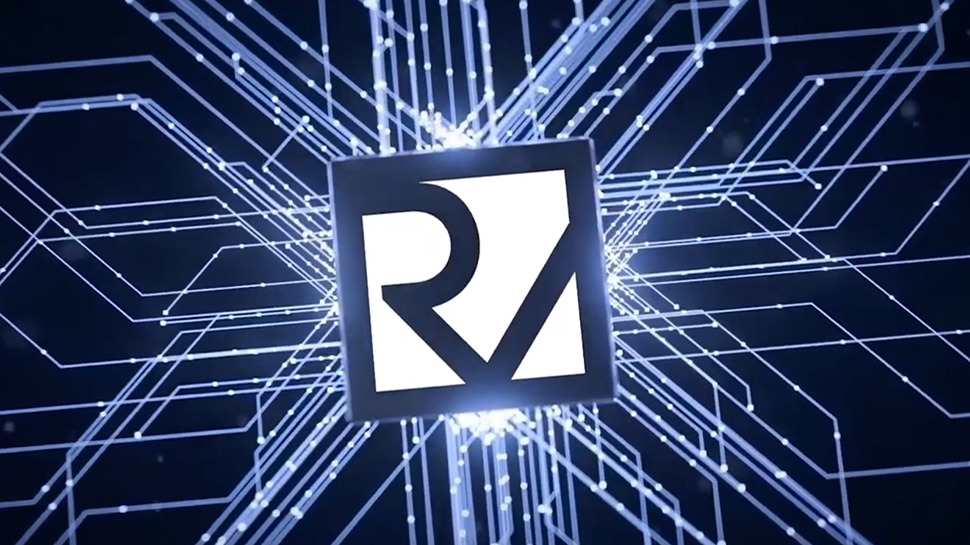Yet another startup wants to crack the LLM code but this time using light; optical pioneer Oriole Networks wants to train LLMs 100x faster with a fraction of the power
published 27 October 2024
The race is on for faster, more efficient and more sustainable AI

A couple of years ago, Israeli startup CogniFiber made headlines with Deeplight, a fiber-optic cable which could, “process complex algorithms within the fiber itself before the signal hits the terminal.” At the time, we warned this technology wouldn’t reach end users in the near future, and was unlikely to appear in laptops or smartphones anytime soon.
However, eeNews Embedded is now reporting on Oriole Networks, a UK-based startup using light for a different purpose – to create efficient networks of AI chips.
The technology can reportedly train LLMs up to 100 times faster than conventional methods while drastically reducing power usage, and this research aims to mitigate the growing energy consumption of data centers driven by the rapid expansion of AI workloads and the increasing demand for high-performance computing.
20 years of photonics research
“Our ambition is to create an ecosystem of photonic networking that can reshape this industry by solving today’s bottlenecks and enabling greater competition at the GPU layer. Building on decades of research, we’re paving the way for faster, more efficient, more sustainable AI,” said James Regan, CEO of Oriole Networks.
The company’s roots lie in optical network research from University College London (UCL) and Oriole’s unique IP is based on the work of founding scientists Professor George Zervas, Alessandro Ottino, and Joshua Benjamin.
The startup has already drawn attention from a number of investors keen to find solutions for AI’s increasing energy demands.
With plans to release its early-stage products by 2025, Oriole Networks hopes to reshape AI’s infrastructure by making it faster, more energy-efficient, and ultimately more sustainable.
Are you a pro? Subscribe to our newsletter
Sign up to the TechRadar Pro newsletter to get all the top news, opinion, features and guidance your business needs to succeed!
eeNews Embedded quotes Ian Hogarth, a member of Oriole’s board, and a partner at Plural which led the latest funding round, “Applying 20 years of deep research and learning in photonics to create a better AI infrastructure demonstrates how much more innovation there is to come to help reap the benefits of this technology,” he said.
“The team behind Oriole Networks has proven experience in both company building and bringing deep science to commercialization, creating a fundamental shift in the design of next-generation networked systems that will reduce latency and slash the energy impact of data centers on which we now rely.”
More from TechRadar Pro
- Researchers develop RGB LED out of miracle material perovskite
- AI managed to design a robot that walks – and in less than 60 seconds
- Liquid metal RAM is first step towards shapeless computing

Wayne Williams is a freelancer writing news for TechRadar Pro. He has been writing about computers, technology, and the web for 30 years. In that time he wrote for most of the UK’s PC magazines, and launched, edited and published a number of them too.

Chinese rival to Intel and AMD vows to close performance gap with trio of CPUs nicknamed Three Musketeers

Samsung scientists are working on a new type of memory that could bring RAM like speeds and SSD capacities together
How to watch Lioness season 2 online and stream Taylor Sheridan’s spy thriller series from anywhere
Most Popular











-
 1UK startup Oriole Networks wants to train LLMs 100x faster using light
1UK startup Oriole Networks wants to train LLMs 100x faster using light -
2How to turn off Apple Intelligence Notification summaries
-
3Quordle today – hints and answers for Sunday, October 27 (game #1007)
-
4NYT Strands today — hints, answers and spangram for Sunday, October 27 (game #238)
-
5NYT Connections today — hints and answers for Sunday, October 27 (game #504)





